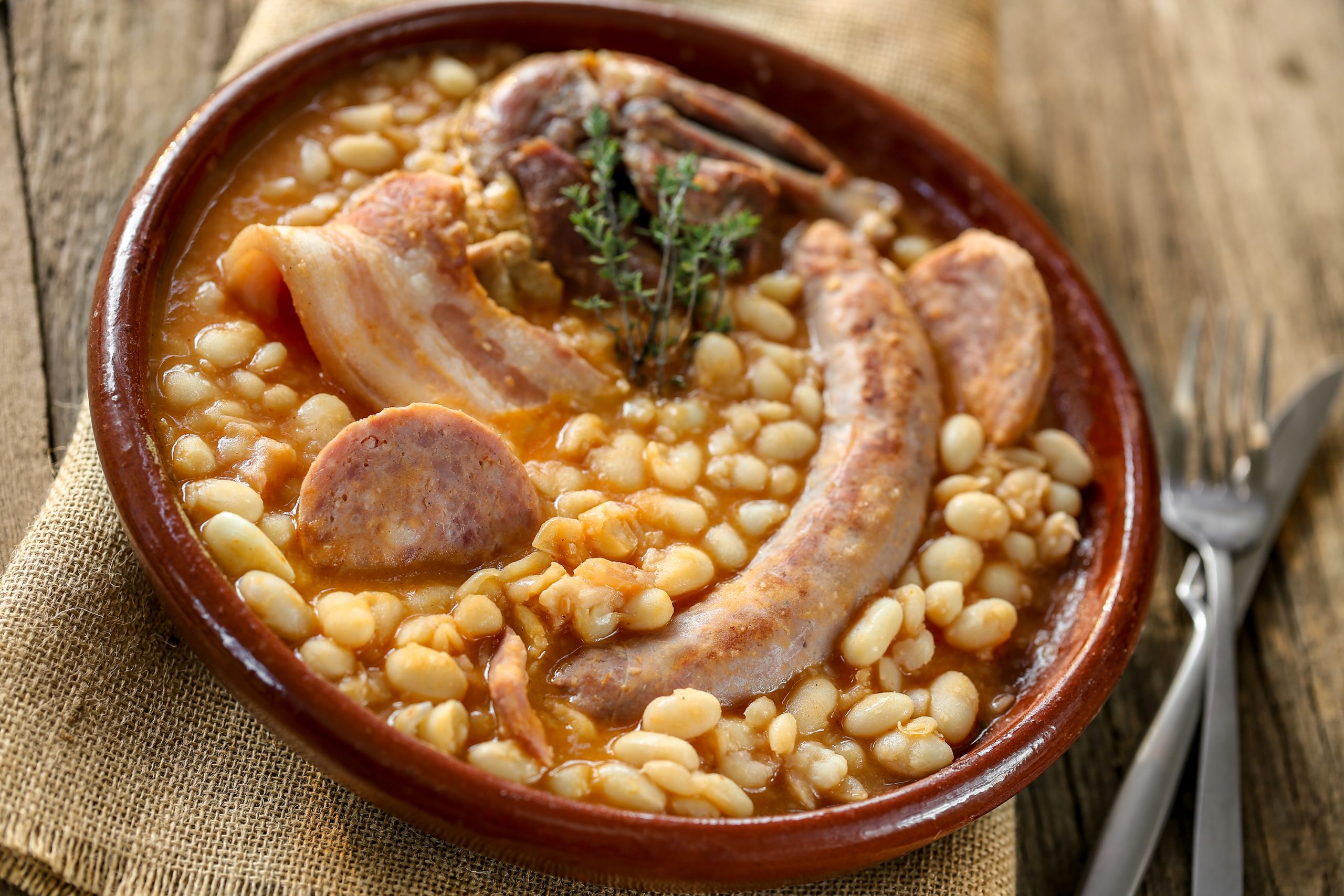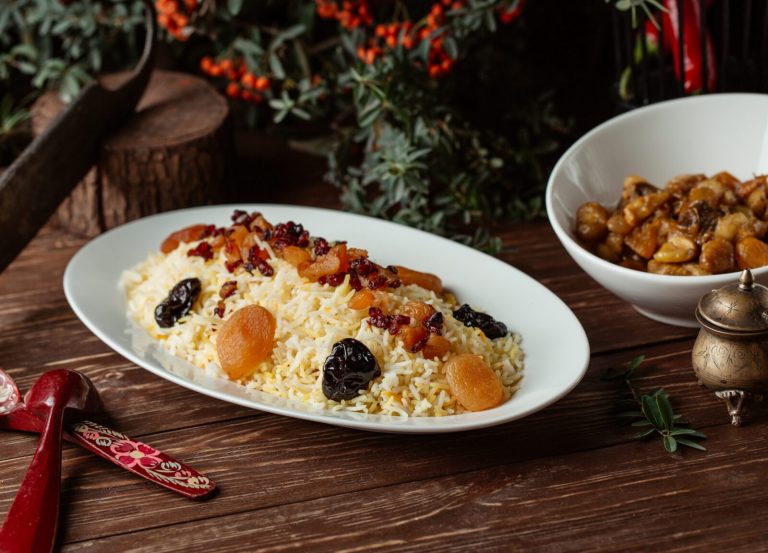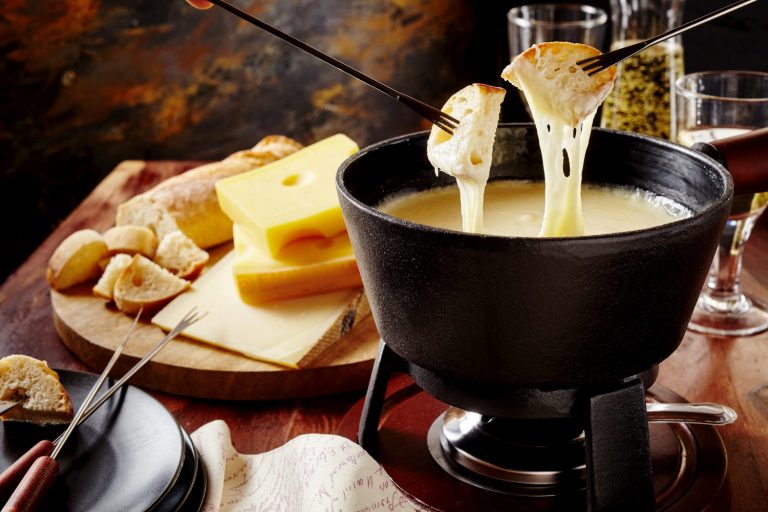I’ll be honest—cassoulet is not a quick weekday recipe. It’s a dish that asks for your time, your attention, and a few hours of delicious anticipation. But trust me, once it hits the table, all is forgiven. The slow-cooked beans, tender meat, and golden crust make it feel like France’s warmest hug in a pot.
Named after the cassole, a traditional clay pot it’s baked in, cassoulet is a hearty, rustic dish from the South of France, especially the Languedoc region. It’s made with white beans and a mix of meats—often pork, sausage, duck confit, and sometimes lamb—all simmered together until the flavors are rich and soul-satisfying.
🫘 What Is Cassoulet?

Cassoulet is a slow-baked stew that celebrates comfort food at its finest. While variations exist, the essential ingredients typically include:
-
White beans (Tarbais beans if you want to be truly authentic)
-
Sausage – usually garlic pork sausage
-
Duck confit – tender and flavorful from being cooked in its own fat
-
Pork belly or shoulder – adds richness and depth
-
Herbs – bay leaf, thyme, parsley, sometimes rosemary
-
Tomato (optional) – some regions include a touch for acidity
-
Breadcrumb topping – not always traditional, but often added for crunch
Cassoulet is layered, slow-cooked, and often topped with a golden crust that gets stirred back in several times during baking to thicken the dish. It’s peasant food made grand, a dish that improves with time and reheating.
🏡 The Origins: A Dish with Regional Pride
Cassoulet is deeply rooted in Southern French tradition, with three towns—Castelnaudary, Carcassonne, and Toulouse—each claiming their version is the true cassoulet.
-
Castelnaudary: Considered the birthplace, uses pork and sausage heavily.
-
Toulouse: Adds duck confit and Toulouse sausage.
-
Carcassonne: May include partridge or lamb depending on what’s available.
No matter the version, cassoulet was born from necessity—using simple ingredients and slow cooking to stretch meals and feed hungry workers.
🍲 How to Make a Traditional Cassoulet
While every French cook has their own way, here’s a basic overview of how cassoulet comes together:
Ingredients:
-
2 cups dried white beans (soaked overnight)
-
Duck confit legs (or substitute with chicken thighs if needed)
-
Pork shoulder or belly, cut into chunks
-
Garlic sausage or Toulouse sausage
-
Onion, garlic, carrots
-
Bay leaf, thyme, parsley
-
Tomato paste (optional, purists may skip it)
-
Duck fat or olive oil
-
Salt & black pepper
-
Optional: breadcrumbs for topping
Method:
-
Soak and simmer the beans until tender but not mushy. Set aside.
-
Brown all the meats in duck fat or olive oil. Set aside.
-
Sauté onions, garlic, and carrot in the fat until softened.
-
Add tomato paste (if using) and herbs. Deglaze with stock or wine.
-
Layer in a large Dutch oven or baking dish: beans, meats, aromatics—repeat. Add enough stock to cover.
-
Cover and bake low and slow (around 300°F/150°C) for 2–3 hours.
-
Uncover and bake 1 more hour, optionally adding breadcrumbs for a crust. Stir crust into the stew a couple of times if you like it thicker.
🕰️ Pro tip: Cassoulet tastes even better the next day after the flavors have fully mingled.
🍷 What to Serve with Cassoulet
Cassoulet is rich, hearty, and filling, so you don’t need much on the side. Still, here’s what complements it beautifully:
-
A light green salad with vinaigrette
-
Crusty French bread to mop up every bit
-
A bold red wine, like a Cahors, Minervois, or Côtes du Rhône
-
Maybe a tiny square of dark chocolate for dessert—just enough to end things on a sweet note
🧠 Tips and Variations
-
Can’t find duck confit? Use skin-on chicken thighs cooked in duck fat or olive oil until crisp and tender.
-
Want it vegetarian? Replace the meat with mushrooms, root vegetables, and smoked paprika or miso for depth.
-
Make-ahead friendly – Cassoulet improves after a night in the fridge. Reheat gently in the oven.
-
No cassole pot? Use a heavy Dutch oven or ceramic casserole dish.
And don’t stress if you’re not “authentic enough.” Cassoulet is flexible and forgiving—just like any great comfort food.
✅ Final Thoughts: Rustic, Rich, and Totally Worth It
Cassoulet isn’t fast food culinary. It’s slow, thoughtful, and built to feed people with warmth and satisfaction. It’s the kind of dish that brings everyone to the table and keeps them there a little longer—telling stories, refilling wine, and scraping the last of the beans from the pot.
If you’ve never made it, now’s your moment. Pour a glass of red, set aside a lazy afternoon, and let the smell of herbs and simmering meats wrap around your home like a cozy blanket.
This is more than stew. It’s France, in a pot.




















